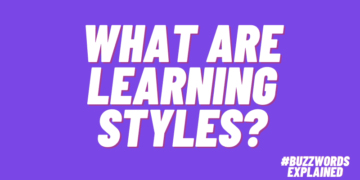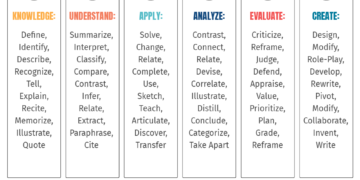Need For Video Indexing
According to a Google survey, 51% of individuals feel the need to engage with others through video content. Videos are the medium that establishes authority and gives a personal feel to messages, and it makes learning more effective and maximizes retention. Videos have become famous as a medium for learning new skills, gaining knowledge, and offering entertainment. Many people use video searches (YouTube, Instagram, and Google) to look at life from a new perspective. There’s no limit to what we can learn by conducting a fast video search. However, video search is not easy to use as a text document.
Problems With Video Search
For example, you have an hour-long training video, in which a speaker is talking about multiple topics. How about if you want to navigate to a topic of interest? Is it possible? No, it isn’t.
Non-availability of deep search within videos is a most significant issue. Since these videos are entirely opaque, learners may stop watching them within the first few minutes. Similarly, recorded events and conferences often stretch for hours, and most viewers do not want to watch them again since they cannot navigate to the desired scene in the timeline.
What Is Video Indexing And Search?
With the expansion and progress of multimedia on the internet, especially videos, there has been an increase in demand for video retrieval and organization, and more straightforward and practical learning experiences. Digital photos, music, videos, animations, graphics, and text data make up multimedia data. The amount of multimedia content available on the internet is increasing exponentially. With video indexing and retrieval, you get a broad range of intriguing applications, piquing the attention of people interested in watching the content.
How AI Is Helping In Video Indexing And Search
Rather than manually, video indexing is done with sophisticated computer programs backed by Artificial Intelligence (AI) and machine learning. It’s an expensive and time-consuming operation. A 1-hour video takes almost 4 hours to transcribe, and it’s not the best idea to index spoken words in a collection of 1000-hour-long recordings. AI is typically used in video indexing software to help you speed up the process, and it saves time by allowing you to index videos rapidly.
Benefits Of Video Indexing And Search
- You can easily search and find the correct video to watch from a vast library of current and past event recordings that are categorized and auto-chaptered.
- You can make accessible and compelling learning content out of training video material. So, whether you’re in the business of teaching and learning, corporate communication, archiving, live streaming, marketing, or simply securely sharing movies, you can drastically reduce the drop rate.
- You can generate transcriptions of videos in various languages. It also enables multilingual transcription, allowing a single video to have voices from supported languages.
- It also allows auto-generated video chapters for video tagging (in various languages as well).
- Optical character recognition (OCR) is used to recognize characters automatically. It aids in indexing the text that appears onscreen, such as license plate numbers.
- Artificial Intelligence can identify faces automatically.
- Video indexing also helps automatically recognize celebrities, brands, objects, and speakers.
How Video Indexing And Search Can Help You Find A Needle In The Haystack
During a Zoom appointment with a client, you recorded the meeting and noted it for future reference. A month later, you want to double-check some information, and you can’t recall the specifics and wind up going through the same video repeatedly. A typical employee spends 25% of their time looking for information. In contrast to text materials, which search engines can quickly comprehend, searching within a video is more complicated. With in-video search, you can now interpret videos as written documents. You can search inside movies for spoken phrases, objects, faces, and other information.

Videoken Inc
VideoKen offers AI based video product solutions and works on advanced video indexing technologies, which are built on a foundation of cutting edge research involving Big Data analytics, Machine Learning and Artificial Intelligence.




















